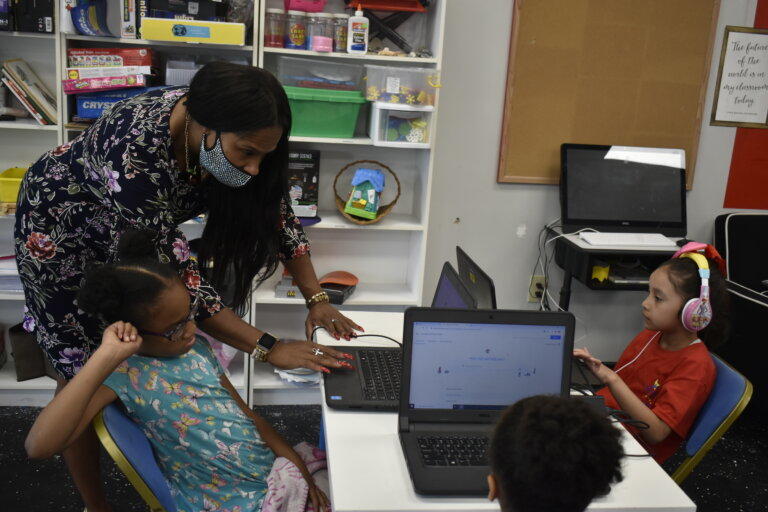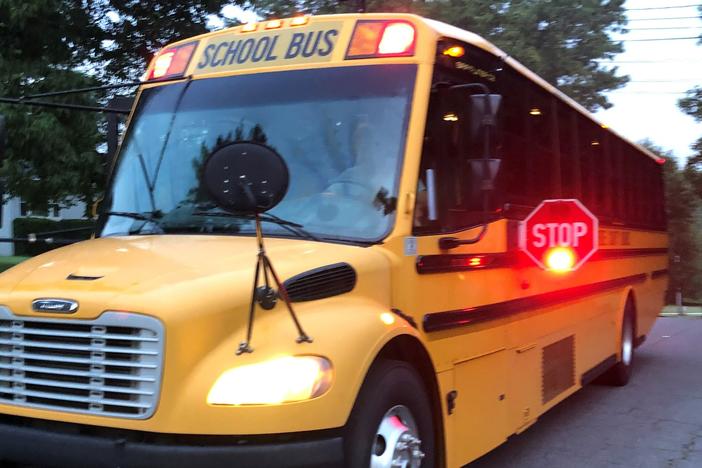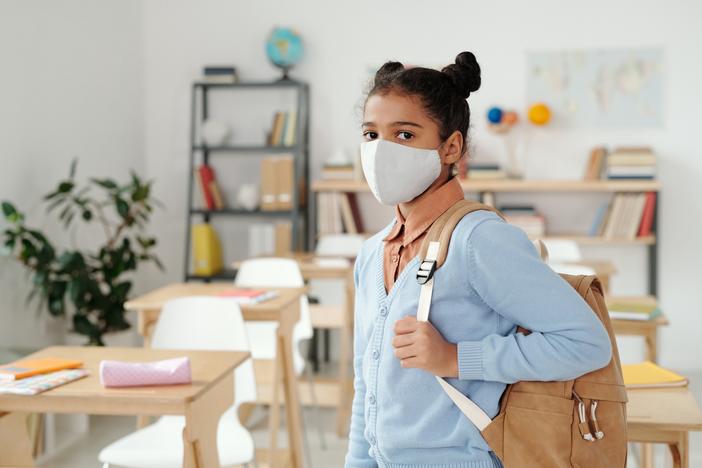
Caption
Daycare owner Shenette Zachary helps students get connected during online learning. Zachary is hoping federal funds will help her pay staff as enrollment levels continue to recover from the pandemic.
Credit: Ross Williams/Georgia Recorder




